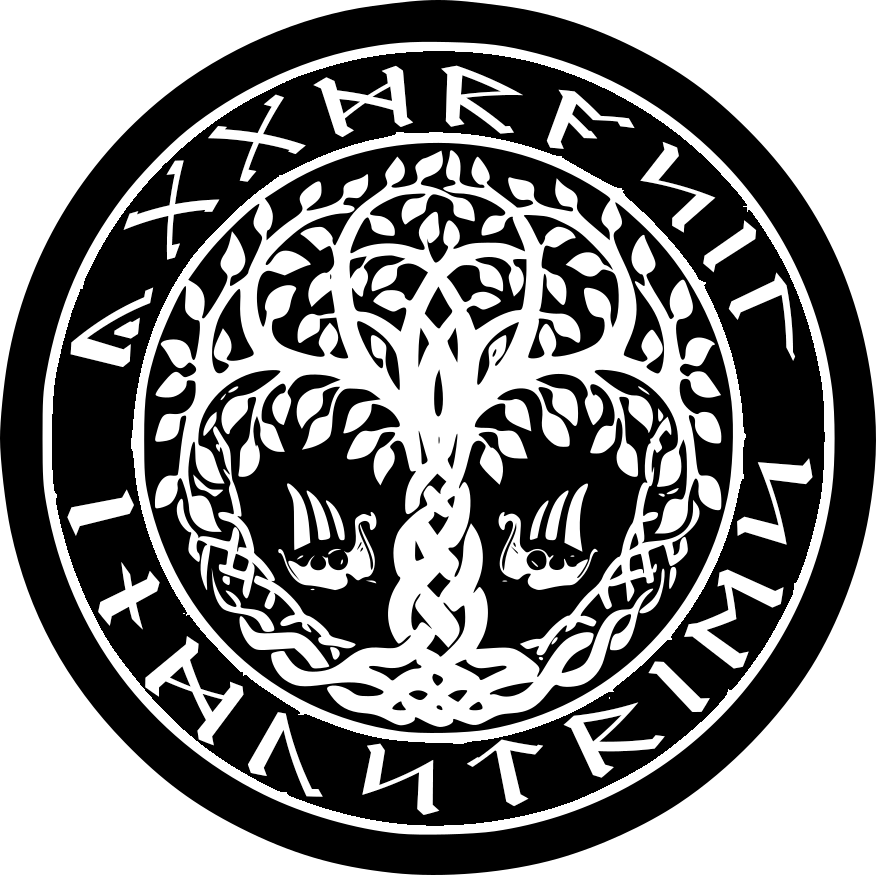Ancient Self-Care Rituals That Still Work Today
We didn’t invent self-care — we just forgot how to do it right.
In today’s fast-paced, screen-lit world, “self-care” is often reduced to a quick face mask or a rushed bath bomb before bed. But long before hashtags and influencers, civilizations across the globe treated self-care as a sacred ritual — one that nourished not just the body, but the mind and spirit.
Some of these traditions are thousands of years old. And the best part? They still work just as well today as they did for our ancestors.
1. Cleopatra’s Milk & Honey Baths (Egypt)
The legendary Queen of the Nile was famous for her beauty, and historians credit part of it to her indulgent milk baths. Milk contains lactic acid, a natural exfoliant, while honey is deeply moisturizing and antibacterial. Together, they create a luxuriously smooth and soft feel on the skin.
Modern Tip: Add 1–2 cups of whole milk (or coconut milk for a vegan option) and ½ cup of raw honey to a warm bath for a Cleopatra-inspired soak.
2. Roman Bathhouses (Italy)
For the Romans, bathing was not just about cleanliness — it was a social event and a vital part of daily life. Their bathhouses included hot rooms, cold plunges, and scented oils for aftercare. This blend of heat, coolness, and fragrance was both cleansing and invigorating.
Modern Tip: Try a “contrast shower” — alternate between hot and cold water to improve circulation and wake up your senses.
3. Japanese Onsens (Japan)
Japanese hot springs, or “onsens,” are still popular today for their mineral-rich waters that relax muscles and soften skin. The act of soaking in silence, often surrounded by nature, is as important as the water itself.
Modern Tip: Create your own spa bath by adding Epsom salts and a few drops of essential oils like lavender or yuzu.
4. Norse Herbal Baths (Scandinavia)
In the far north, Vikings and Norse villagers would heat natural springs or large tubs and infuse them with herbs like juniper, birch, and chamomile. These soaks eased sore muscles after long days and carried a sense of ritual cleansing before feasts or ceremonies.
Modern Tip: Tie fresh herbs in a muslin bag and hang it under running bathwater for a natural herbal infusion.
5. Ayurvedic Oil Massage (India)
Ayurveda, the ancient Indian system of health, recommends regular “Abhyanga” — self-massage with warm, herbal oils — to improve circulation, calm the nervous system, and keep the skin supple.
Modern Tip: Warm coconut or sesame oil slightly before massaging it into your skin, then shower to rinse off excess.
The Common Thread — Intentionality
What ties all these rituals together is not just the ingredients, but the mindset. These cultures treated self-care as a deliberate act — one that engaged the senses, slowed time, and honored the body.
Today, with modern stress levels higher than ever, maybe it’s time we brought some of that ancient wisdom back into our daily routines.
Coming Next:
In our next post, we’ll explore The Forgotten Art of Slow Living — and how embracing it can help us reclaim peace, purpose, and maybe even a bit of that ancient magic in our modern lives.
